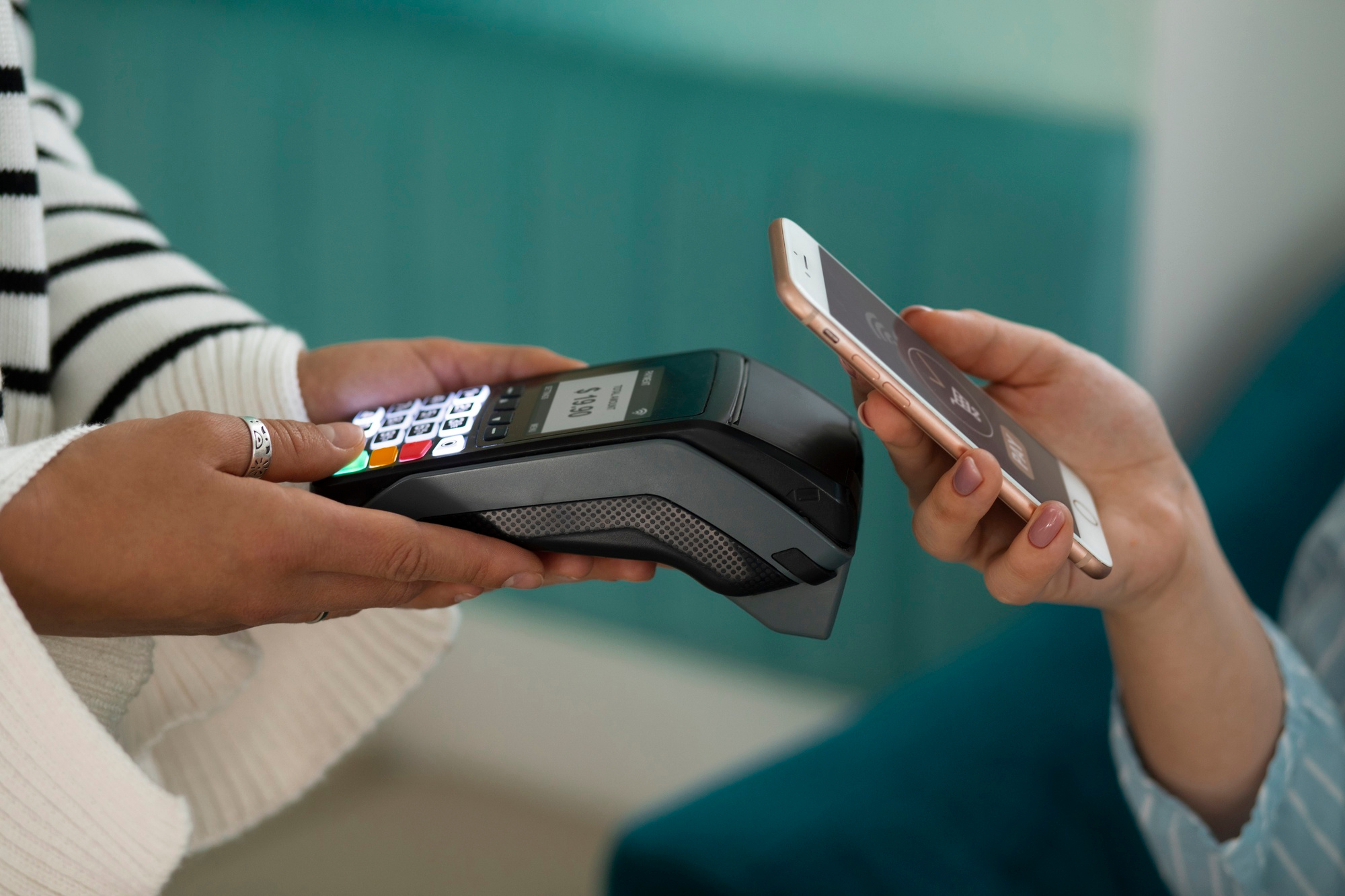Radio-frequency Identification (RFID) RFID technology, increasingly popular for tracking and identification in retail and supply chains, was piloted by Walmart to expedite their checkout process. RFID Journal shared that during the pilot, customers used a kiosk to scan all the items in their cart without having to take anything out of it. The customer was directed to place their cart on a square on the floor around the machine. RFID technology-tagged products accounted for all items without having to scan them individually, making the checkout process quick and easy. While the retailer ended the RFID checkout pilot, it wasn’t without some good data to further test and expand the use of this technology across their stores.
The coordination of such an effort starts with hundreds of suppliers placing RFID tags on their products. Though the pilot has concluded, Walmart is currently analyzing the results. The goal is to continue developing this technology to perfect the scan ability of whole bags, baskets, and carts, reducing checkout time.
The RFID technology process starts at the manufacturing level and involves the manufacturer, support vendors, suppliers, and retailers/end-users. It requires cohesion across all these sectors and is a technology that will continue to be developed and refined.
While this article focuses on the retail sector, RFID technology is applicable in just about any industry that can benefit from radio-frequency identification. Pragmatyxs supports clients in implementing this technology for seamless real-time inventory management.
